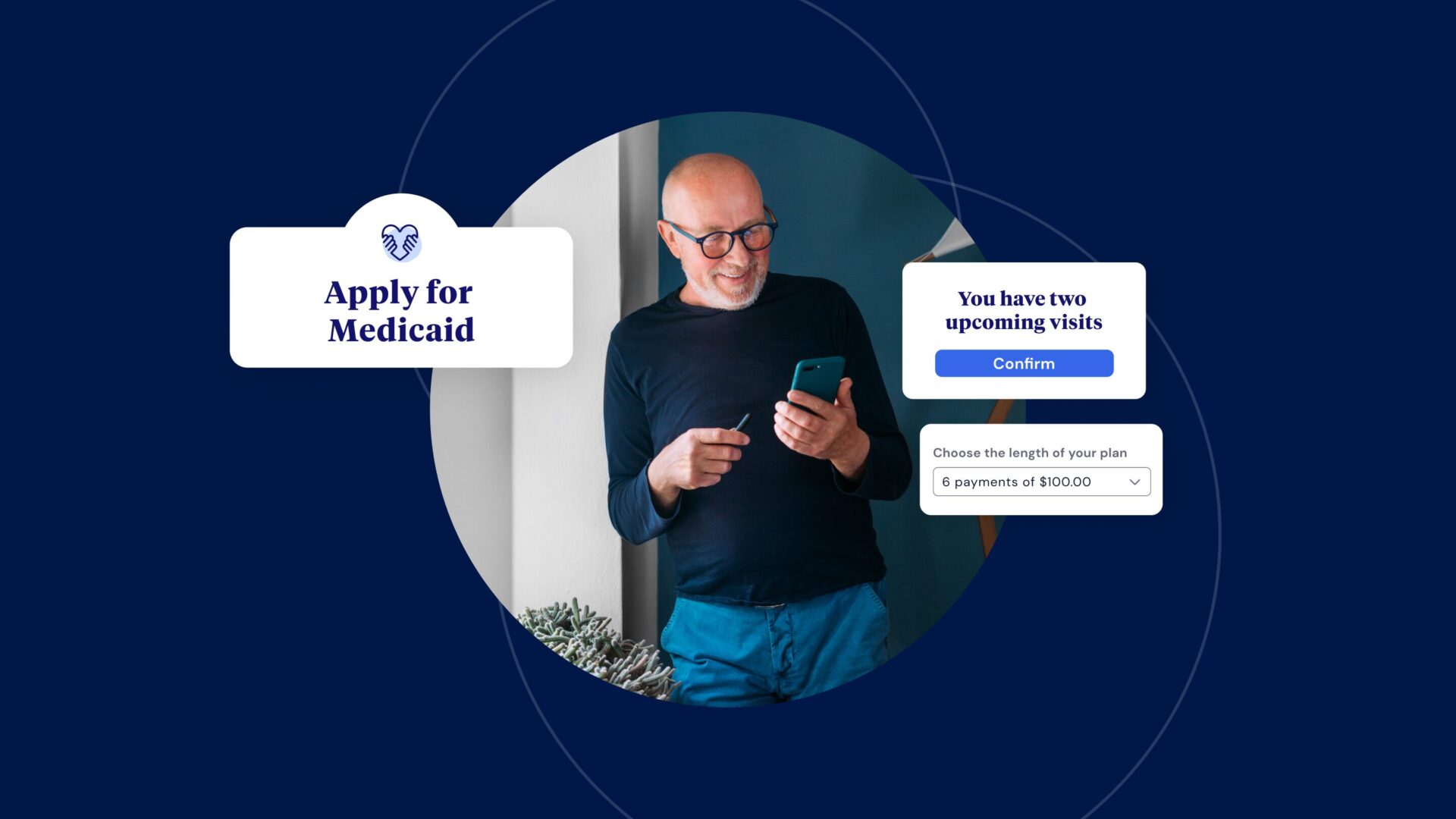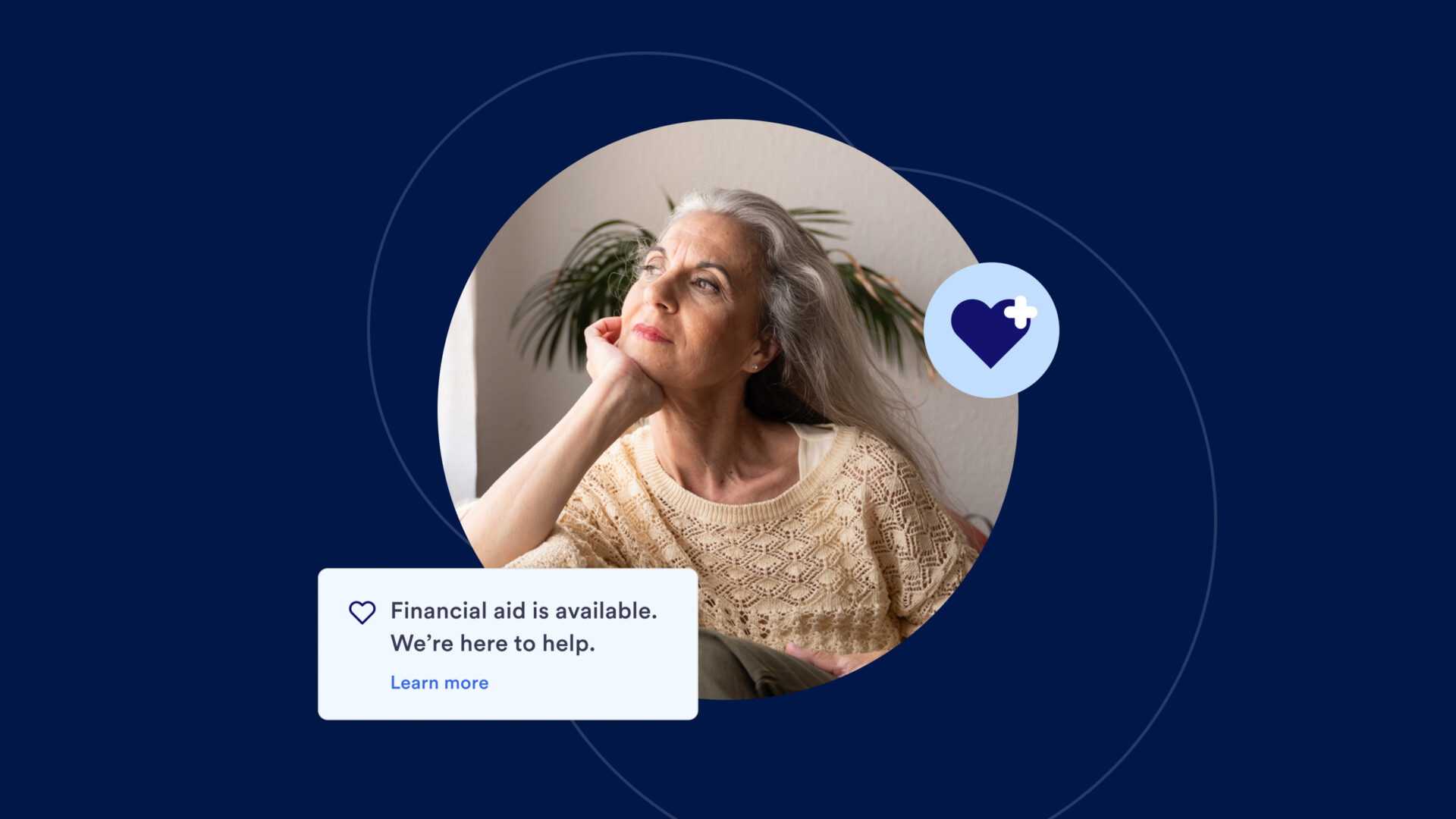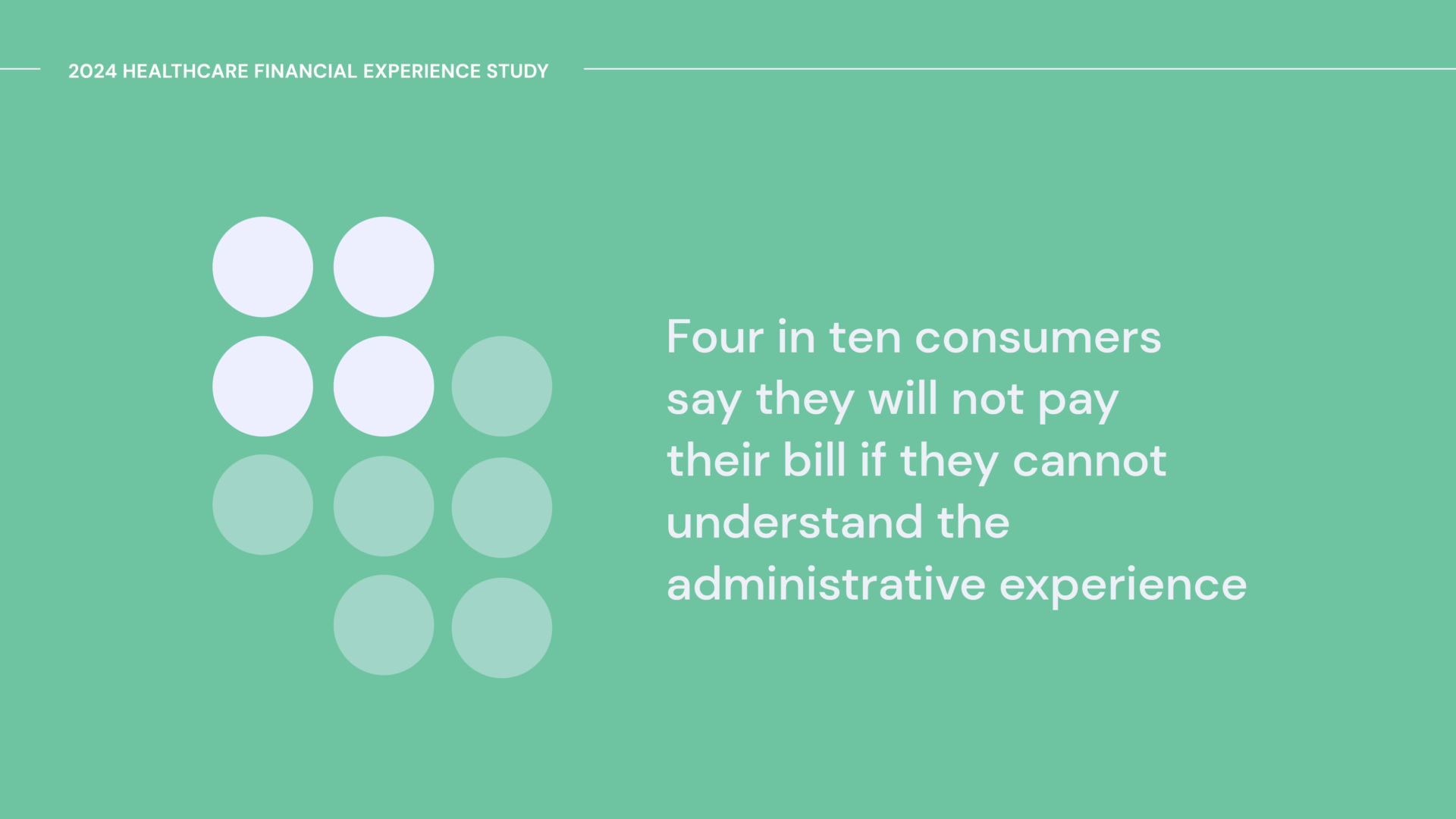This blog post was originally published on The Patient Experience Studio on Medium, where Cedar’s Product Design and Data Science teams share a behind-the-scenes look into how we’re building a better financial experience.
As the director of research at Cedar, it’s my job to discover where the healthcare experience falls short for consumers. Through our rigorous research programs and constant stream of patient satisfaction data, it is our imperative to not only close the gaps, but exceed patient expectations. We call this “leapfrogging,” in which we not only solve existing problems, but we work to create a new paradigm for interacting with consumers about their finances and, ultimately, their health.
In our research, we aim to hear patients’ stories and give them space to think past the current pains of the system. Here are the greatest opportunities for providers and payers to leapfrog.
1. VIP treatment (even if it costs extra)
Patients have returned to receiving routine. With that came a renewed desire for convenience, predictability, and coordination across care. While conducting our research, we learned that patients are even willing to pay additional fees so that they can receive services such as the ability to choose their preferred appointment times, skip the line in waiting rooms, and assistance in managing other administrative aspects around their health.
One research participant said, “The white-glove concierge service, virtual appointments… those are the things that I would pay for, as well as same day appointments… I want to get VIP treatment in terms of convenience.”
This request was a bit of a surprise. Despite rising healthcare costs—driven in part by increased patient responsibility across health plans—people are still willing to pay out of their own pockets to ease the burden of receiving and managing care.
Chronically ill patients were especially interested in paying given their frequent encounters with their health systems. “I have to see a lot of doctors unfortunately. It would save me a lot of stress and anxiety on top of the energy spent seeing the doctors and making the appointments. I could just focus on actually seeing the doctor and focus on my health versus the admin side.”
While concierge medicine in urban areas across the country is on the rise, we’ve found proof that a large middle market exists for those patients who want to receive preferential service through their existing provider groups.
2. More comprehensive accessibility guidelines
Ensuring technology accessibility for those with disabilities needs to be a top priority. Since 26% of people in the U.S. live with a disability, we need to push beyond just checking boxes of the guidelines given to us. At Cedar, we took matters into our own hands by testing our experience to ensure our technology is not only compatible, but easy to use for those with visual and auditory impairments.
Through our assessment, we found a few gaps in the requirements. For example, even though we followed the color and contrast recommendations in the The Web Content Accessibility Guidelines (WCAG), we discovered the color contrast was still too low, even for users with good vision. We made the appropriate adjustments and our efforts paid off when one of our users said “As a woman who is blind, using screen reading software like this was my first fully accessible experience with online check-in… it was actually a pleasure to check in early. Keep up the good work on the ease of access for the blind.”
Given the number of assistive technologies and accommodations still needed for those with various visual, auditory, and cognitive impairments, there is an excellent opportunity to make digital health more inclusive.
3. No more “slice-and-dice treatment”
Over time, care has become divided. In many cases, it’s up to patients to connect the dots for themselves. But for many, Covid-19 increased the desire for “whole self” care, in which providers take into account every aspect of a patient’s physical, mental, behavioral and spiritual health.
As one patient said, “Your body is not treated as a whole connected system… you get the slice-and-dice treatment.”
Last year, we uncovered some basic opportunities that could ensure patients receive integrated care. For example, when patients are referred to specialists, they want more insight from their primary providers, specifically how recommendations from specialists connect to their overall health plan.
Another patient said, “I want to feel taken care of. We have therapists, mental health, we have that here in this office. Parent me a little, let’s schedule these other providers and make a plan.” Patients conveyed that a follow-up call or message would make them feel “like someone is looking out” for them.
4. Better financial guidance and support for longitudinal care
A big part of Cedar’s mission is to reduce the administrative burden patients face. But for those receiving longitudinal care, or ongoing and frequent care for critical conditions, obligations can quickly pile up. As one patient said, “I’m good at budgeting, but when it came to money and treatment, I just shut down because it became too much.”
Through research on longitudinal care, we found that the true cost of this care goes beyond treatment. The stress of dealing with the financial experience can be just as damaging as the health condition itself. Prescriptions, follow-ups and tests are the new normal for these patients—and their costs don’t go away.
While some may be able to keep up at first, bills eventually become overwhelming for many. Patients are often so exhausted just trying to survive, so they lean on a spouse, family member or friend for help managing the bills.
One patient told us, “My husband had to take over the finances, and it was too much for one person. The way he mishandled money knocked us flat for five to six years.” These partners are often just as ill-equipped to offer support as the patients. Even though patient care teams assemble to manage the treatment, financial support is challenging and often minimal.
Helping patients manage the struggle of ongoing care is still very much a market need.
5. No more playing telephone
Another cause of patient confusion and stress is the relationship between payers and providers. For issues big and small, patients wind up making multiple calls to providers and insurers in order to clarify which services are covered and the amount they have to pay.
Patients may receive a bill from their provider and an explanation of benefits (EOB) from their insurer that say different things. In a study we conducted about such mismatches, one patient said, “If an insurance company says one thing and a doctor’s office says another thing, it’s impossible because you cannot get the two of them to speak to each other.”
Regardless of the institutional challenges that providers and insurers face, this is a massive opportunity to exceed consumer expectations. In Cedar’s 2021 Healthcare Consumer Experience Study, 65% of patients told us they wish to view real-time benefits information in the same place as their provider bill. Furthermore, 93% of patients indicated that the quality of their financial experience is an important factor in their decision to return to a healthcare provider, and 96% of patients indicated that the quality of their financial experience is an important factor in their satisfaction with their payer. That’s why we’ve invested in bringing real-time insurance data into our Cedar Pay platform with our Payer Intelligence Layer.
Given the increasing choice patients have when it comes to both providers and payers, this data should entice both sides to seize the opportunity by communicating better and improving outcomes for everyone involved.
Jaya Birch-Desai is the Director of User Research at Cedar



